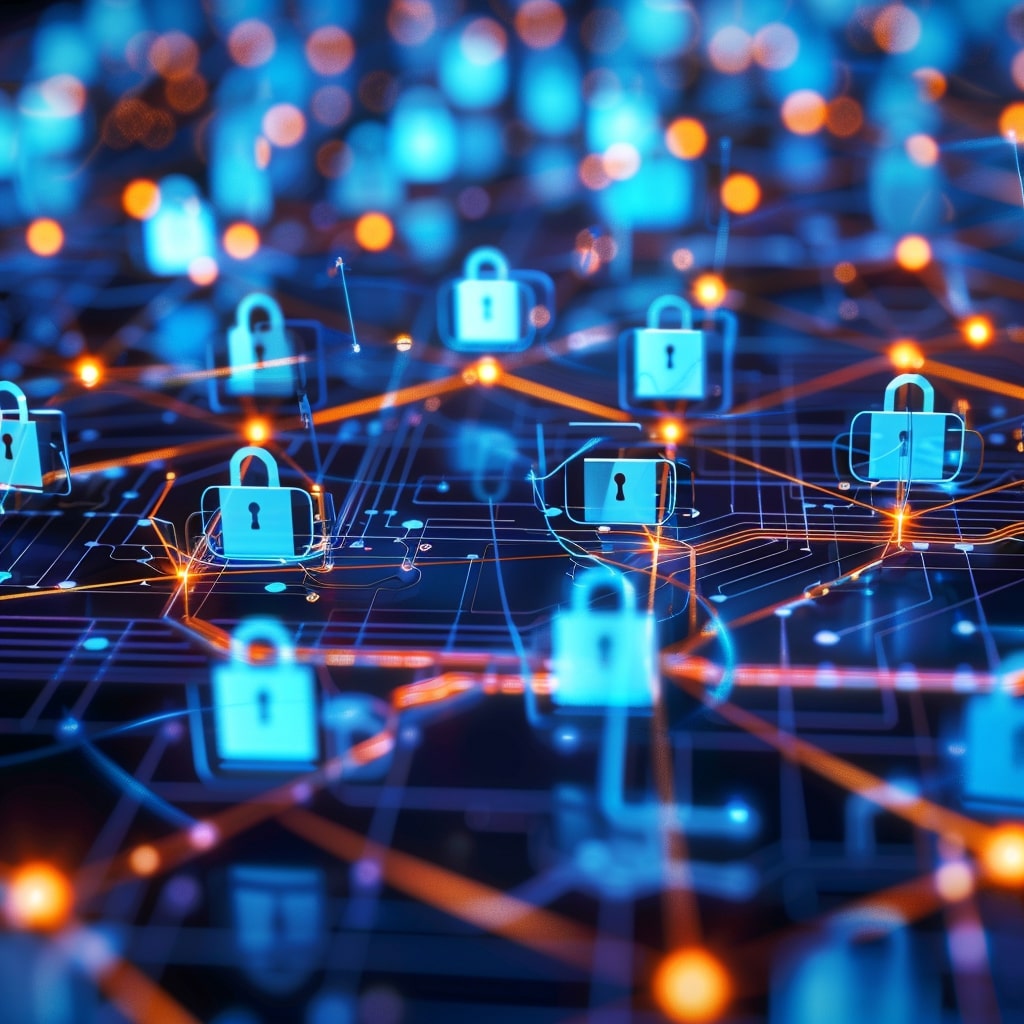
Various cyber threats are rising across industries, including Micro, Small and Medium Enterprises (MSMEs). Depending on turnover, employee strength, or business domain, definition of such companies changes region-wise; a few countries call these organizations Small and Medium Businesses (SMBs) or Small and Medium Enterprises (SMEs). Globally, more than 400 million SMEs are part of 90% of the business population. They not only contribute to 55% of the GDP of the developed economies but also help in 70% of global employment (WTO, 2016).
With the industrial revolution in the 21st century, digitization has a wide transformation in how industries work. Nowadays, to grow in competitive market expectations, for adopting the digital era SMEs have various components to form shop floor to top floor which has a wide landscape starting from IoT devices till cloud computing (Müller, 2018). As it brings benefits, it is equally important to know that it has increased the cyber-attack surface for these organizations. According to recent studies, half of the SMEs are having a fair chance of experiencing a cyber breach (SENSEON, 2019). They are constantly undergoing a high cyber threat risk, as more than 50% of them are being cyber attacked (Osborn 2015; Aguilar, 2015).
It is also important to know that even though a few areas overlap while looking at cybersecurity and information security, those are different entities. Many enterprises consider them to be the same, which is a myth. According to definitions by ISO,....
